Common Diver Acronyms You Need To Know
Your guide to understanding diver acronyms and scuba terms.
Have you ever felt lost during a dive briefing because of all the acronyms? You're not alone! Diving is full of abbreviations that can confuse even experienced divers. Let's look at common diver acronyms and find out what they mean.
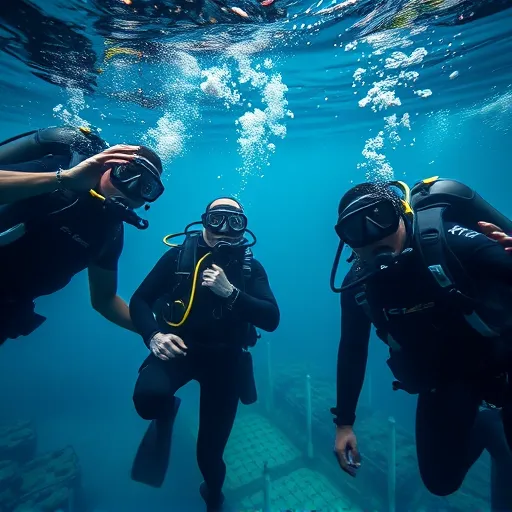
Scuba Talk: Making Sense of the Terms
You're getting ready for a dive, and the instructor lists off a bunch of letters: "Remember to check your BCD, SPG, and don't forget the RDP for NDLs." It can sound like a foreign language. But don't worry! Once you learn these acronyms, they become easy, and they can make your diving safer and more fun.
Knowing diving terms isn't just about talking to others; it helps you understand your gear and what to do underwater. Let's start with the basics.
The Story Behind SCUBA: Self-Contained Underwater Breathing Apparatus
Did you know that the word "scuba" itself is an acronym? It stands for Self-Contained Underwater Breathing Apparatus. This term was made in the 1950s by Dr. Christian Lambertsen, who developed one of the first underwater breathing systems.
Before "scuba" became a word, divers used bulky equipment connected to the surface, known as surface-supplied diving gear. The invention of the scuba set changed diving forever, allowing people to explore the underwater world freely.
SCUBA is the starting point of diving terms. It shows the main idea of being able to dive underwater without needing surface support, which makes modern diving possible. Learning this not only gives you some diving history but also shows you how the sport has changed over time.
Common Diver Acronyms Explained
Diving has many acronyms for gear, certifications, methods, and organizations. Getting to know these terms helps you talk with other divers and makes everything smoother.
Equipment Acronyms
BCD: Buoyancy Control Device - The vest-like gear that lets you control your buoyancy underwater by adding or releasing air.
RDP: Recreational Dive Planner - A tool used to figure out safe dive depths and times to avoid decompression sickness.
SPG: Submersible Pressure Gauge - Shows how much air or gas is left in your cylinder.
DSMB: Delayed Surface Marker Buoy - An inflatable tube sent to the surface during ascent to signal your position to boats.
DPV: Diver Propulsion Vehicle - An underwater scooter that lets divers travel faster and cover more distance.
OCTO: Octopus - A secondary regulator used as an alternate air source for you or your buddy.
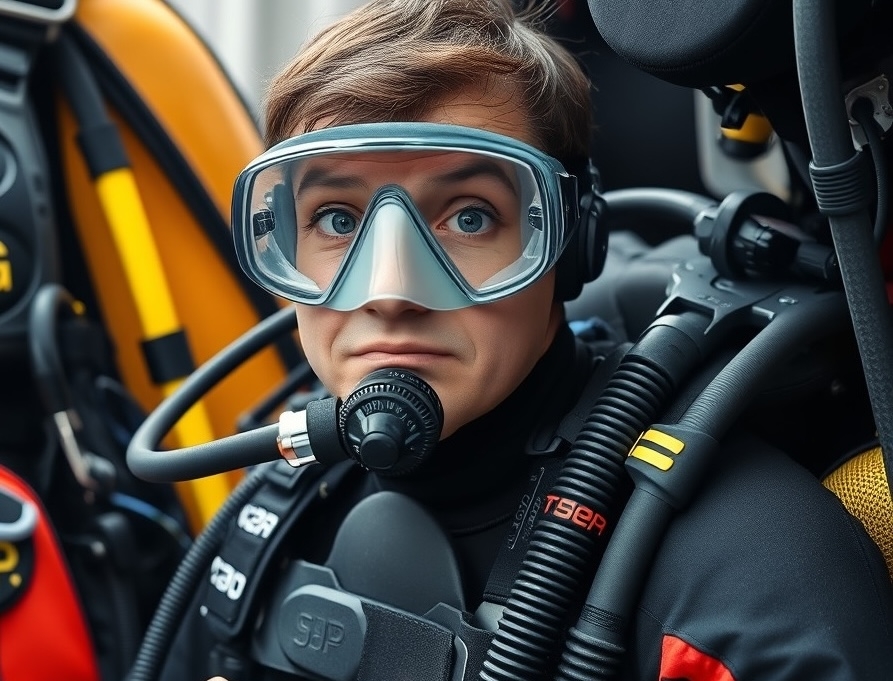
Certification Acronyms
OW: Open Water - The basic certification level for recreational divers.
AOW: Advanced Open Water - An intermediate certification that introduces divers to more advanced skills and deeper dives.
EFR: Emergency First Response - A certification for first aid and CPR, often needed for rescue diver courses.
RD: Rescue Diver - Training that focuses on how to prevent and manage problems in the water.
DM: Dive Master - A professional-level certification where divers assist instructors and guide certified divers.
Organizations
PADI: Professional Association of Diving Instructors - One of the world's largest diving training organizations.
SSI: Scuba Schools International - Another major diving training organization.
BSAC: British Sub-Aqua Club - The UK's leading dive club and national governing body for scuba diving.
CMAS: Confédération Mondiale des Activités Subaquatiques (World Underwater Federation) - An international federation of diving organizations.
DAN: Divers Alert Network - An organization dedicated to improving diving safety through research, education, and emergency help.
Acronyms for Safety Checks: BWRAF and SORTED
Safety checks are vital before every dive. Using acronyms helps make sure no step is missed. Let's look closer at these pre-dive checks.
BWRAF
This acronym is taught in PADI courses as a reminder for the pre-dive safety check. It's a systematic way to make sure all equipment is working properly.
Buoyancy: Inflate and deflate your BCD to make sure it's working and check for leaks.
Weights: Check that you have the correct amount of weight and that your weight system is secure but can be released in an emergency.
Releases: Look at all buckles, clips, and straps on your gear and your buddy's to confirm they're fastened correctly.
Air: Check your air supply. Take several breaths from your regulator and alternate air source while watching your SPG to see that the needle doesn't move a lot, which could show a problem. Make sure you have enough air for the dive.
Final OK: A last check with your buddy that everything is set, and you're both ready to dive.
Fun phrases to remember BWRAF include:
Begin With Review And Friend
Breathing Water Really Ain't Fun
These silly sayings make it easier to recall the steps.
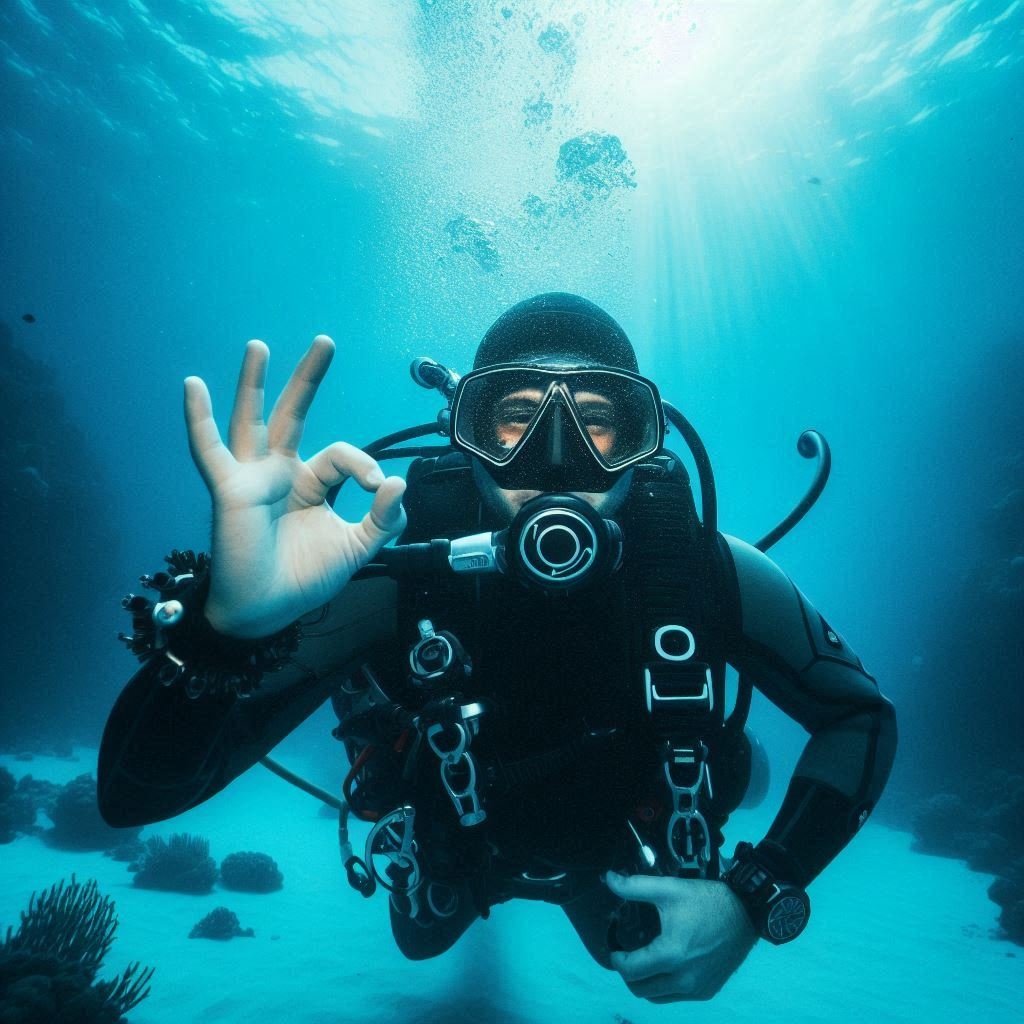
SORTED
Another acronym used for pre-dive checks, SORTED helps cover everything:
Signals: Go over hand signals with your buddy to ensure clear underwater communication.
Orientation: Discuss the dive plan, including entry and exit points, depth, and navigation.
Regulator: Test your primary and alternate regulators to confirm they're working properly.
Time: Set dive time limits and sync watches or dive computers.
Equipment: Check all gear, including masks, fins, gauges, and any extras.
Descent: Agree on descent steps, such as equalization techniques and who will lead.
Using these acronyms helps make safety routines a habit, reducing the chance of missing important checks.
Other Safety Acronyms
SEABAG
Used in some training programs for equipment checks:
Site: Look at the dive site for conditions and hazards.
Emergency: Review emergency procedures and signals.
Activity: Confirm the dive activity planned.
Buoyancy: Check buoyancy control devices.
Air: Confirm air supply and test regulators.
Gear: Make sure all gear fits and works properly.
HEADS
A quick check before entering the water:
H: Hoses—no leaks, secure connections.
E: Equipment—everything in place and working.
A: Air—confirm enough air and test breathing.
D: Dive plan—review plan and signals.
S: Start—ready to begin the dive.
Dive Planning Acronyms: ADT, NDL, and More
Good dive planning is key for enjoyable and safe dives. Knowing the acronyms used in planning can help prevent accidents and improve dive management.
Time and Depth Acronyms
ADT: Actual Dive Time - The time from when you begin your descent to when you start your ascent.
BT: Bottom Time - Often used interchangeably with ADT, though some divers define it as the time spent at the planned depth.
SIT: Surface Interval Time - The period between dives when your body is getting rid of extra nitrogen.
RNT: Residual Nitrogen Time - The amount of nitrogen still in your system from previous dives, affecting how long you can dive next.
TBT: Total Bottom Time - The sum of RNT and ADT, used when planning repetitive dives.
MOD: Maximum Operating Depth - The deepest depth where a gas mix can be safely breathed due to oxygen toxicity limits.
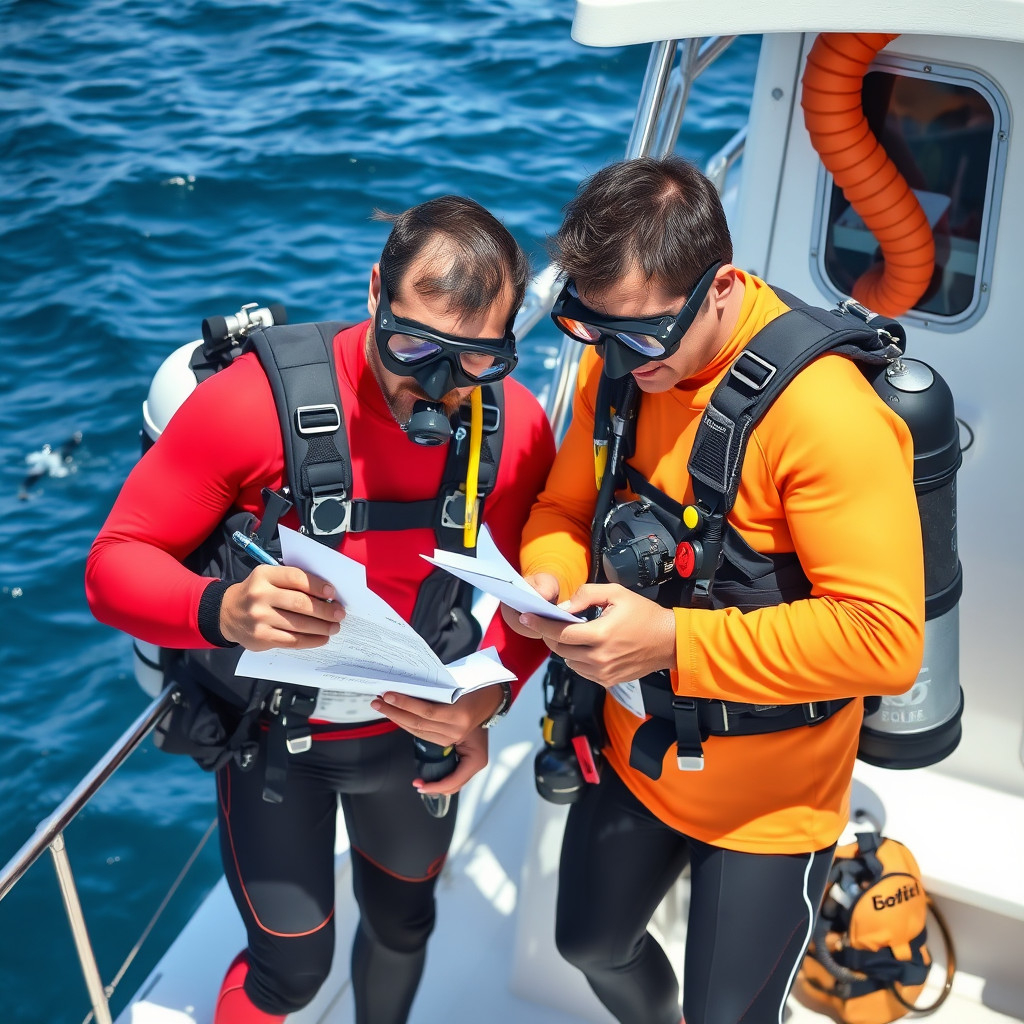
Decompression Acronyms
NDL: No Decompression Limit - The maximum time you can stay at a certain depth without needing decompression stops during ascent.
AS: Ascent Speed - The rate at which you ascend to the surface, usually recommended at no faster than 9 meters (30 feet) per minute to prevent decompression sickness.
SS: Safety Stop - A pause during ascent, usually at 5 meters (15 feet) for 3-5 minutes, to allow excess nitrogen to leave your body.
DECO: Decompression - Refers to stops required during ascent when NDL has been exceeded.
SAC: Surface Air Consumption - A measure of how much air a diver uses at surface pressure, useful for planning.
Dive Computer Acronyms
PO2: Partial Pressure of Oxygen - Important in monitoring oxygen toxicity.
TTS: Time to Surface - The total time needed to ascend safely, including any decompression stops.
CNS: Central Nervous System oxygen toxicity exposure percentage.
Knowing these acronyms helps you use dive tables or dive computers properly, helping you stay within safe limits.
Technical Diving Acronyms
For those going into technical diving, there's a whole new set of acronyms to learn.
EANx: Enriched Air Nitrox - A breathing gas mix with higher oxygen and lower nitrogen content than air.
TX: Trimix - A gas blend of oxygen, nitrogen, and helium used for deep dives.
CCR: Closed Circuit Rebreather - A rebreather that recycles exhaled gas, removing carbon dioxide and adding oxygen.
SCR: Semi-Closed Rebreather - Partially recycles exhaled gas.
PPO2: Partial Pressure of Oxygen - Critical for avoiding oxygen toxicity at depth.
END: Equivalent Narcotic Depth - The depth at which air would have the same narcotic effect as the gas mix being breathed.
Dive Signals and Communication
While not acronyms, understanding hand signals and ways to communicate is vital for safety and coordination underwater. Here are some key signals:
OK: Forming a circle with thumb and index finger, meaning everything is fine.
Up: Thumb pointed upward, signaling to ascend.
Down: Thumb pointed downward, signaling to descend.
Problem: Hand flat, palm down, fingers spread, rocked side to side.
Out of Air: Flat hand cutting across the throat.
Practicing these signals ensures clear communication when you can't talk.
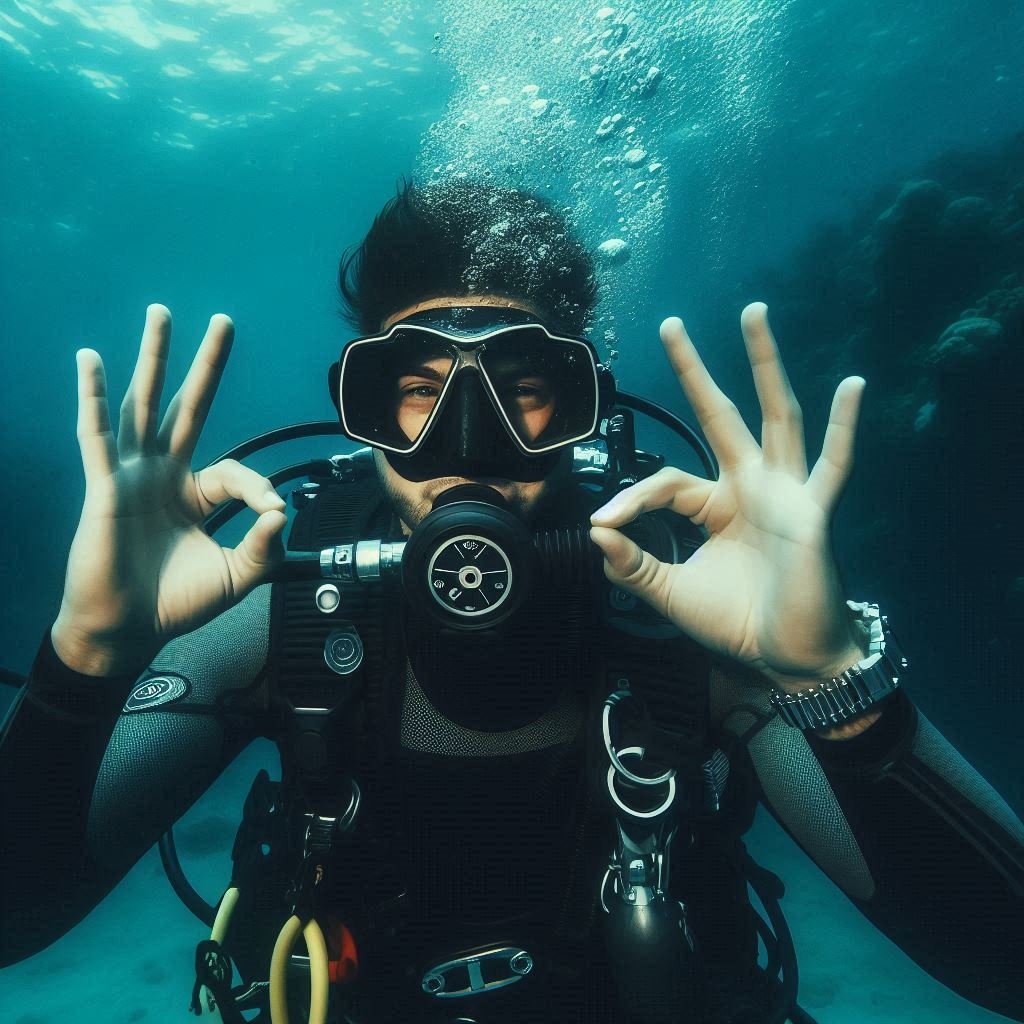
Environmental and Conservation Acronyms
Divers play an important role in marine conservation. Knowing these acronyms helps you get involved with environmental efforts.
MPA: Marine Protected Area - Regions where human activity is restricted to protect the ecosystem.
REEF: Reef Environmental Education Foundation - An organization focused on ocean conservation.
NOAA: National Oceanic and Atmospheric Administration - U.S. agency that studies the oceans and atmosphere.
CITES: Convention on International Trade in Endangered Species - An international agreement to ensure that trade does not threaten species' survival.
Emergency Procedures and Acronyms
Being prepared for emergencies is a key part of diving.
SOS: Save Our Souls - A distress signal used internationally.
OOG: Out Of Gas - Indicates a diver has no breathing gas left.
CEAV: Controlled Emergency Ascent Vehicle - A method for ascent when low on air.
SAFETY
A reminder for emergency steps:
Stop: Pause to assess the situation.
Assess: Look at the surroundings and conditions.
Face: Deal with the issue directly.
Equipment: Check all gear.
Think: Consider the best course of action.
You: Take care of yourself to help others.
Fun Diver Slang and Acronyms
Diving isn't all serious business; there's plenty of room for fun and friendship. Divers often use slang terms and playful acronyms that add to the diving culture.
Slang Terms
Bubble Watcher: A non-diver who stays on the surface, often on the boat, while others dive.
Narked: Feeling the effects of nitrogen narcosis at depth.
Viz: Short for visibility, referring to how clear the water is.
Sand Dollar: A novice diver who tends to stay at shallow depths.
Cork: To ascend too quickly, like a cork popping up.
Humorous Acronyms
SAS: Short Air Supply - Jokingly refers to someone who uses air quickly.
LOF: Lack Of Funds - When you can't afford new gear or another dive trip.
ALIEN: Another Lost Inexperienced Eejit Navigating - A tease for someone who gets disoriented underwater.
DRY: Doing it Right, Yeah? Playfully questioning if someone is following best practices.
These light-hearted terms enhance the social aspect of diving and help build bonds among divers.
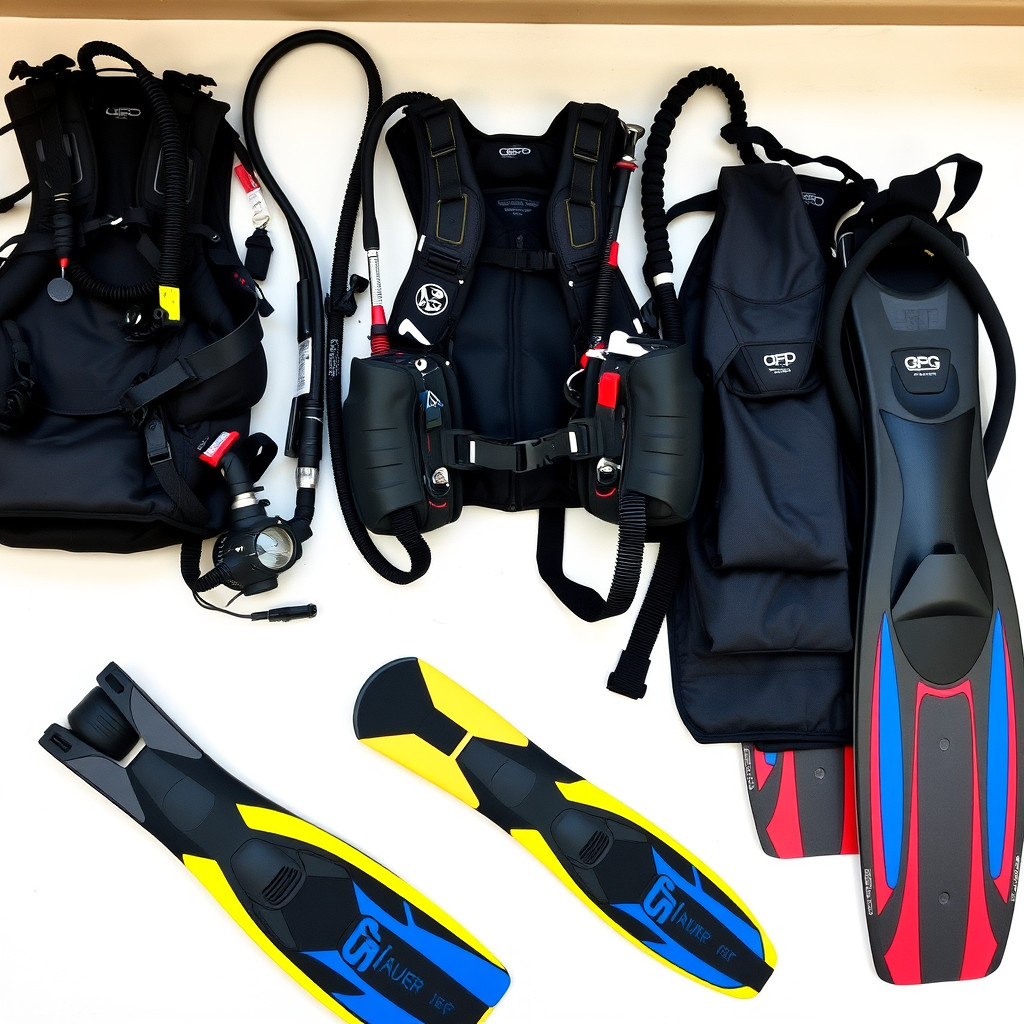
Tips for Remembering Diver Acronyms
With so many acronyms to remember, it's helpful to have strategies to keep them straight.
Create Personal Memory Aids
Make up your own sayings to make them more memorable. For example, for the acronym DEEP (for dealing with decompression sickness symptoms):
D: Detect
E: Evaluate
E: Emergency steps
P: Prevent further harm
Use Visual Aids
If you're a visual learner, use flashcards or diagrams that link acronyms with images. Drawing equipment and labeling them with acronyms can reinforce memory.
Regular Review
Repetition is key. Review acronyms before diving and during downtime. Talk about them with dive buddies to reinforce shared knowledge.
Teach Others
Explaining concepts to others is one of the best ways to solidify your knowledge. Help new divers learn the terms.
Join Diving Groups
Participate in local diving clubs or online forums. Talking with others helps reinforce terminology and introduces you to new acronyms.
Why Knowing Diver Acronyms Matters
Using diver acronyms is more than just words; it's about safety, making things easier, and friendship.
Better Safety
Many acronyms are directly tied to safety steps. Remembering them ensures that important parts are not missed, lowering the risk of accidents.
Good Communication
Diving often needs brief communication, especially underwater. Using acronyms allows for quick and clear sharing of information among divers.
Building Friendships
Shared knowledge of diving terms helps you feel part of the diving community. It assists new divers in fitting in and lets experienced divers share wisdom.
Professional Growth
For those aiming to advance in diving, whether as instructors or technical divers, a strong grasp of terms is essential. It shows professionalism and skill.
Cultural Knowledge
Diving is a global activity. Knowing common acronyms helps when diving in different countries, so you can talk with divers from various backgrounds.
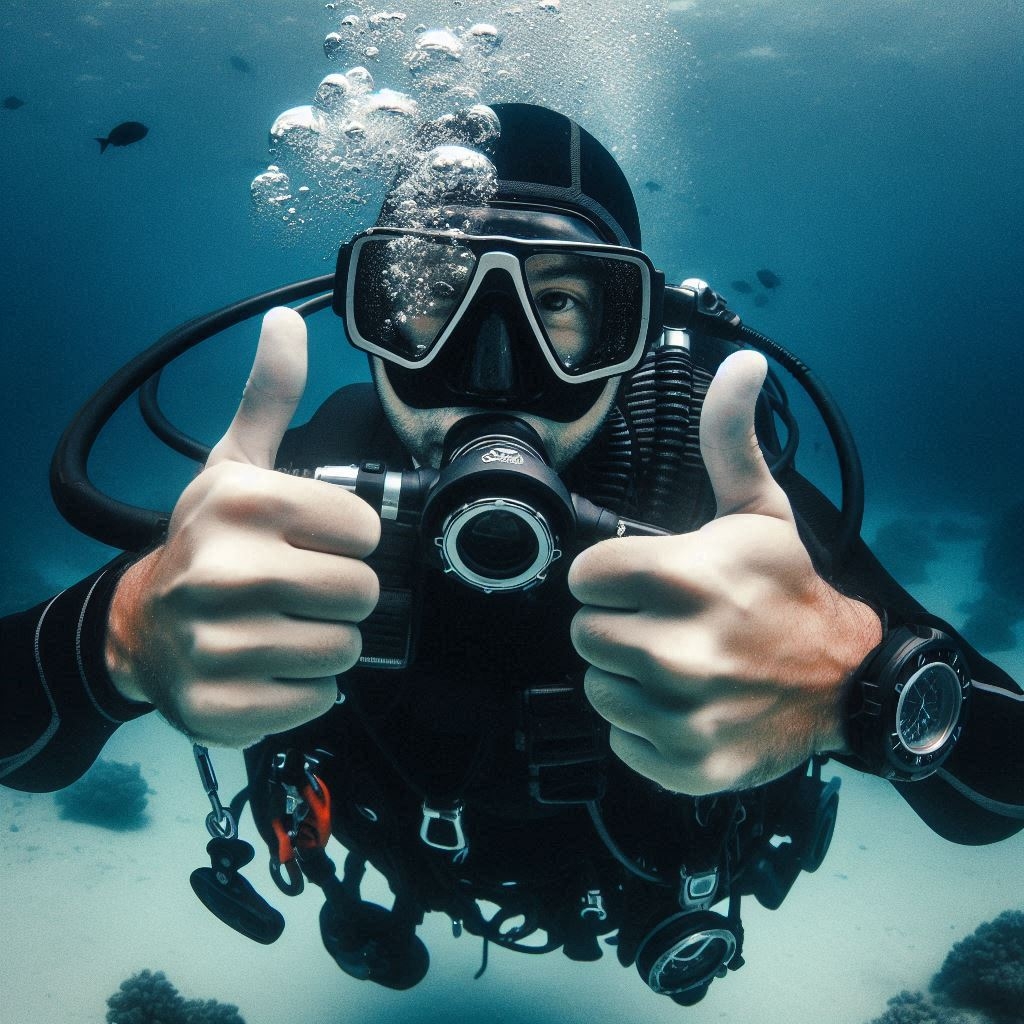
Misconceptions and Common Mistakes with Acronyms
Sometimes, acronyms can be misunderstood or misused, leading to confusion.
Mixing Up Equipment
Confusing BCD with BC (Buoyancy Compensator). While often used interchangeably, some consider BC to be an older term.
Certification Levels
Mistaking AOW (Advanced Open Water) as only for 'advanced' divers. It's actually designed for those who have completed basic training and want to gain more experience.
Skipping Safety Acronyms
Overlooking safety check acronyms like BWRAF can lead to forgetting important steps.
To avoid these mistakes, double-check meanings and practice regular review.
How Technology is Changing Diver Terms
With the advancement of technology, new acronyms are entering diving.
HUD: Heads-Up Display - Integrated into masks to display dive data.
AI: Air Integration - Dive computers that monitor air supply.
PLB: Personal Locator Beacon - Emergency device that sends distress signals.
GIS: Geographic Information System - Used in mapping dive sites and underwater features.
Keeping up with technological changes helps you stay familiar with the latest terms and equipment.
Resources for Learning Diver Acronyms
Expanding your knowledge is easier with the right resources.
Dive Manuals
Training organizations provide comprehensive manuals that include terminology.
Mobile Apps
There are apps designed to help divers learn and review acronyms and steps.
Online Forums
Websites like ScubaBoard offer discussions and explanations of diving terms.
Diving Magazines
Publications often feature articles on terms and new developments.
Instructional Videos
Platforms like YouTube host videos explaining equipment and steps, including acronyms.
Wrapping Up
Diving lets you explore amazing places underwater, and knowing the terms divers use makes it even better. By learning these acronyms, you're gaining important knowledge and joining a worldwide group of diving fans.
Next time you're gearing up, you'll do your BWRAF check with confidence, ready to explore the depths safely and enjoyably. If you're new or have lots of dives behind you, knowing these words makes every dive better.
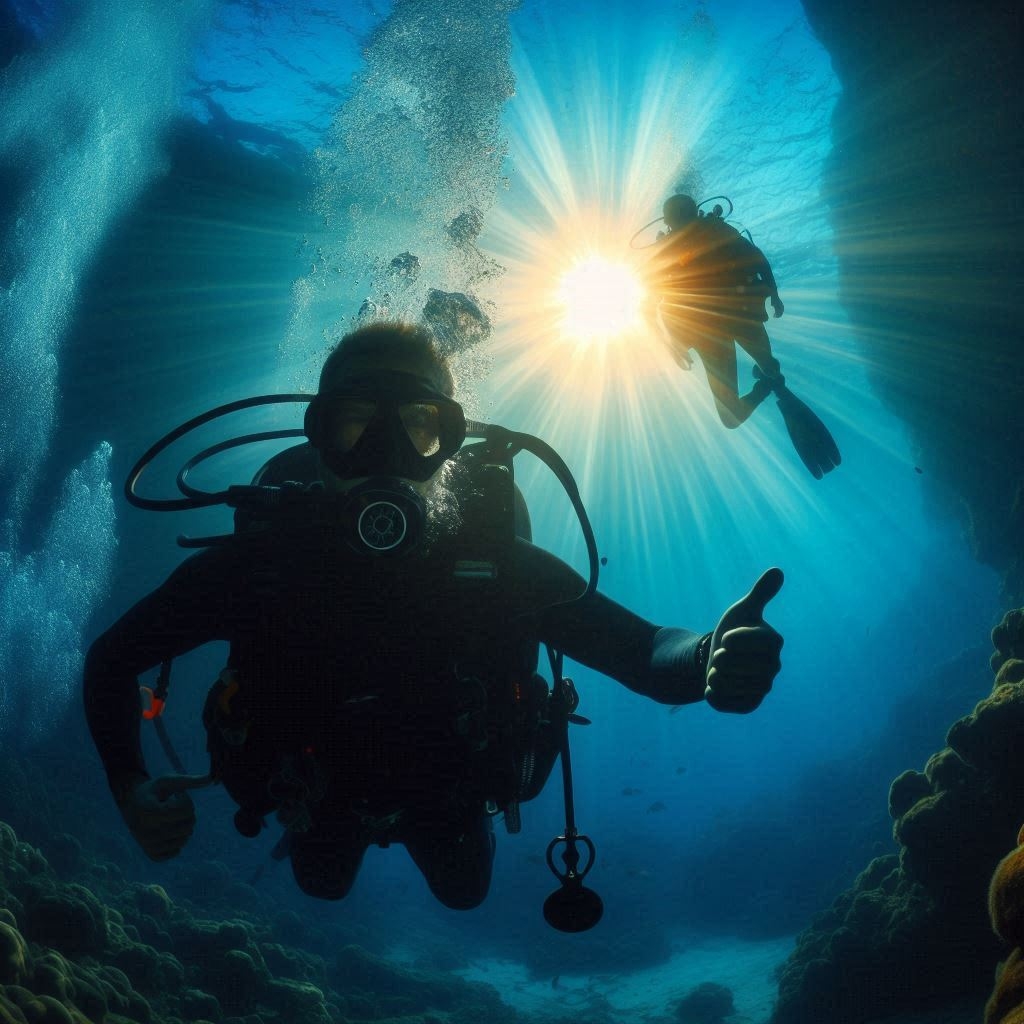
FAQ
What does BWRAF stand for in diving?
BWRAF is a pre-dive safety check acronym that stands for Buoyancy, Weights, Releases, Air, and Final OK. It's a step-by-step checklist to make sure all equipment is working properly before you dive.
Why is knowing diving acronyms important?
Learning diving acronyms makes diving safer, helps you talk with others, and helps you fit in with the diving community. It ensures you can do things correctly and understand dive plans.
How do I remember all the diving acronyms?
Using memory aids, practicing often, teaching others, and joining with other divers can help you remember acronyms better.
Is SCUBA the only equipment-related acronym in diving?
No, there are many equipment-related acronyms like BCD (Buoyancy Control Device), SPG (Submersible Pressure Gauge), and RDP (Recreational Dive Planner), each referring to essential gear or tools.
What is NDL in scuba, and why is it important?
NDL stands for No Decompression Limit. It's the maximum time you can spend at a certain depth without needing to make decompression stops during your ascent. Going beyond the NDL increases the risk of decompression sickness.
Are there different acronyms used in technical diving?
Yes, technical diving introduces additional acronyms like MOD (Maximum Operating Depth) and PPO2 (Partial Pressure of Oxygen), reflecting the more complex procedures and equipment involved.

I'm a scuba enthusiast, and marine life lover. I enjoy writing about my diving adventures and sharing my knowledge with others.

I'm a passionate scuba diver and love to share my experiences with you. I enjoy writing about my experiences and sharing my knowledge with others.